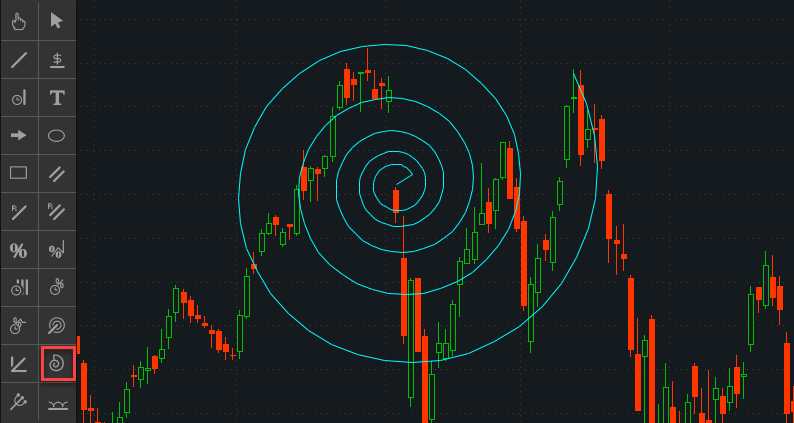In his book “Theory of Probability” (1921), English mathematician Frank H. Buckland wrote that the Fibonacci sequence is “a simple consequence of the fact that a constant ratio relates any two successive terms in the series.”
The Fibonacci sequence is named after Leonardo of Pisa, known as Fibonacci. He introduced the sequence to Europe in 1202. Today, most traders swear by it’s accuracy, and gladly use it for prudent risk management,

What is it?
The Fibonacci sequence is 0, 1, 1, 2, 3, 5, 8, 13, 21, 34, 55,… Each number in the sequence is the sum of the previous two numbers.
The Fibonacci sequence is found all over nature, from the arrangement of petals on a flower to the layout of leaves on a tree. It has even been found in the financial markets. Some traders believe that patterns that occur in the Fibonacci sequence can be used to predict future price movements in specific markets.
How to use it in FX trading?
There are many different ways to use the Fibonacci sequence in forex trading. One way is to use it to find support and resistance levels. Another way is to use it to identify price trends. Let’s take a look at each of these methods in more detail.
Using the Fibonacci sequence to find support and resistance levels is a popular method among FX traders. You first need to find the Fibonacci levels for a particular market to do this. The easiest way to do this is by using a Fibonacci calculator or charting software with a Fibonacci tool built-in.
Once you have found the Fibonacci levels for a market, you can use them to help you determine where to place your stop losses and take profits. For example, if the market is testing the 38.2% Fibonacci level and it looks like it might breakthrough, you might want to consider taking profits or moving your stop loss up.
In addition to finding support and resistance levels, the Fibonacci sequence can also be used to identify price trends. This can be done by looking for patterns in the sequence, such as bullish and bearish divergence or Elliot waves.
A bullish divergence occurs when the price makes a new low, but the oscillator makes a higher low. This is typically seen as a sign that the downtrend is weakening and that a reversal may be imminent. A bearish divergence occurs when the price makes a new high, but the oscillator makes a lower high. This is typically seen as a sign that the uptrend is weakening and that a reversal may be imminent.
While there is no guarantee that patterns in the Fibonacci sequence will always occur, some traders believe that they can be used to predict future price movements in specific markets. If you are interested in using the Fibonacci sequence in your FX trading, it is essential to research and experiment with different methods to find what works best for you.
Can I use the Fibonacci sequence in stock trading
There is no definitive answer to this question. Some traders believe that using the Fibonacci sequence can help them forecast stock prices and make more profitable trades. Others believe that it is simply a coincidence that stock prices often follow Fibonacci patterns and that there is no real benefit to using the sequence in stock trading.
Ultimately, whether or not you use the Fibonacci sequence in your trading is up to you – but it is certainly worth considering if you want to give yourself the best chance of success.
In closing
The Fibonacci sequence is a mathematical pattern in which each number is the sum of the previous two. The first two numbers in the sequence are 1 and 1, and each subsequent number is the sum of the previous two. So the following number in the sequence would be 2, then 3, then 5, then 8, and so on.
Many people believe that this sequence has some sort of mystical power and that it can be used to predict everything from stock prices to the weather. You can check this website to learn more about the forex market. You can check this website to learn more about the forex market.
[“source=pagedesignweb”]




